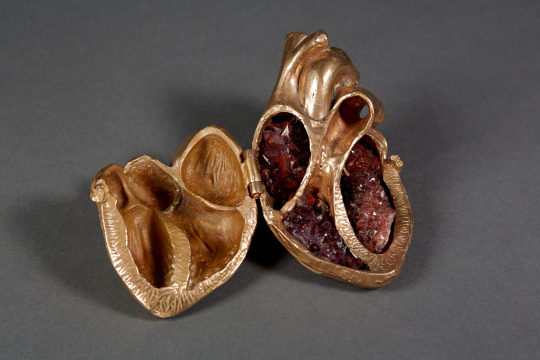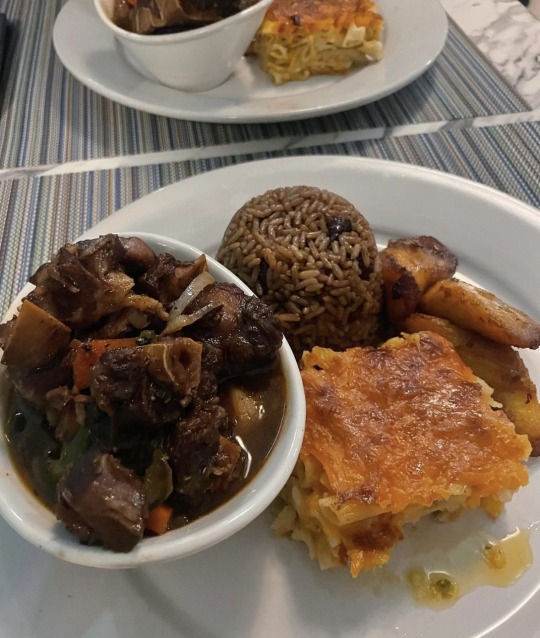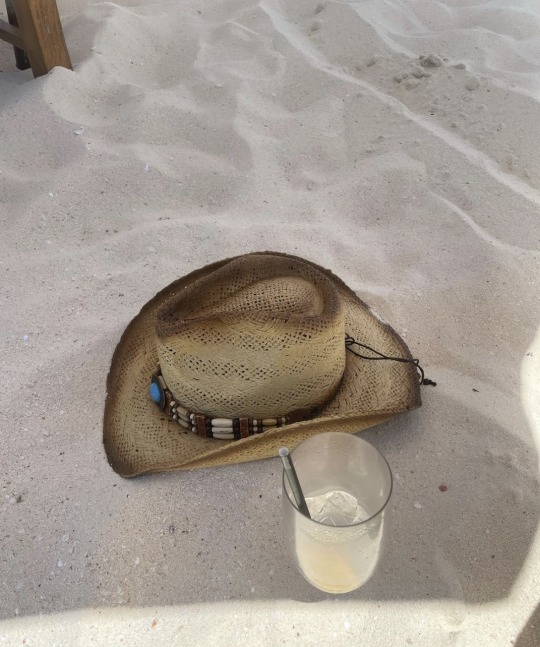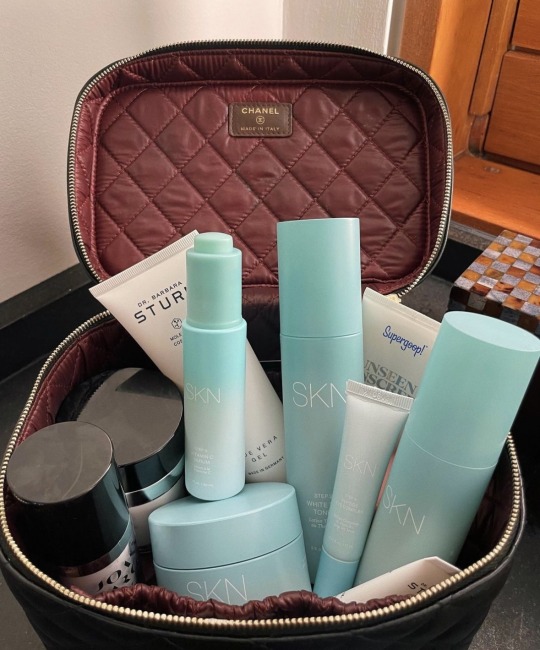My name is Alex-Marie. I love natural hair , fashion, makeup and photography. www.missalexmarie.com Instagram: alexmarieskye
Last active 4 hours ago
Don't wanna be here? Send us removal request.
Text
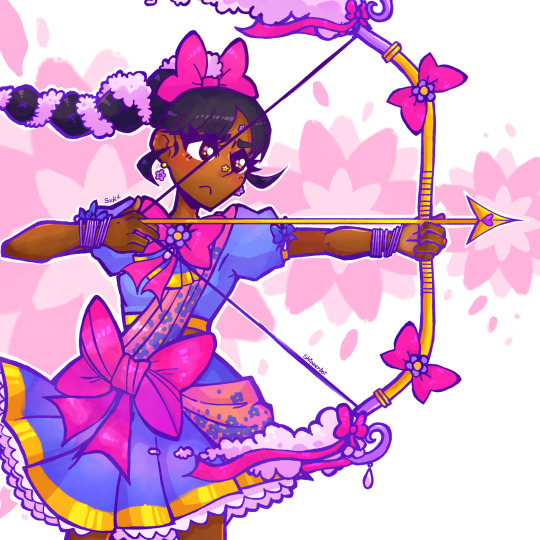
More Indian Magical Girls!
This girl is from the same group as my previous indian magical girl Pushpa. I imagine her as the leader/older sister of the group. Pushpa definitely looks up to her a lot.
Name suggestions are welcome, currently going for a flower theme!
64 notes
·
View notes
Text
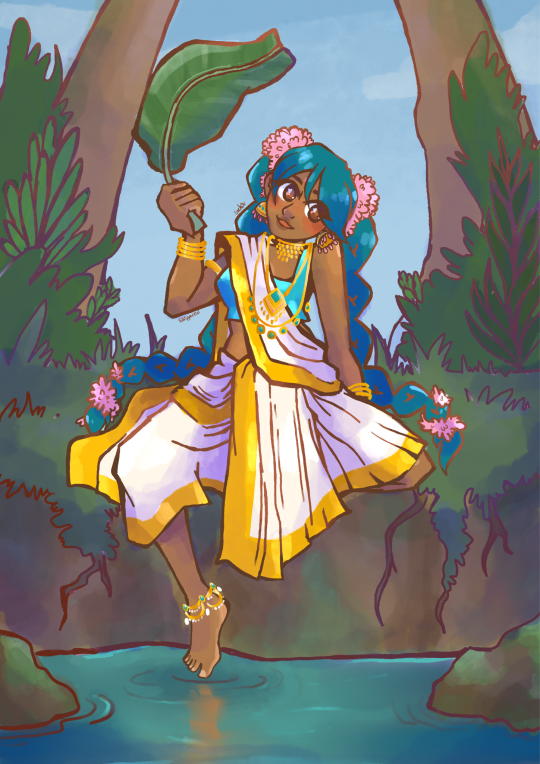
Kerala Miku! Everyone is making such amazing art of Miku in their culture so I had to partake and wanted to rep my Malyali side UwU. Also happy birthday princess Hatsune Miku!!!!
3K notes
·
View notes
Text
❝ I have spent all my life resisting the desire to end it. ❞
— Frank Kafka
24 notes
·
View notes
Text

Alejandra Pizarnik, Nueva correspondencia.
116 notes
·
View notes
Text
The saddest feeling is the realisation that you’ll never be loved.
You look around and admire how love seems to find people so easily, but not for you, because no matter what you change about yourself or how attractive you are, you will never find love because your mind is fucked up, you can’t even bring to love yourself.
no love in your house, no love in your arms but so much love to give in your heart. ༯
37 notes
·
View notes
Text

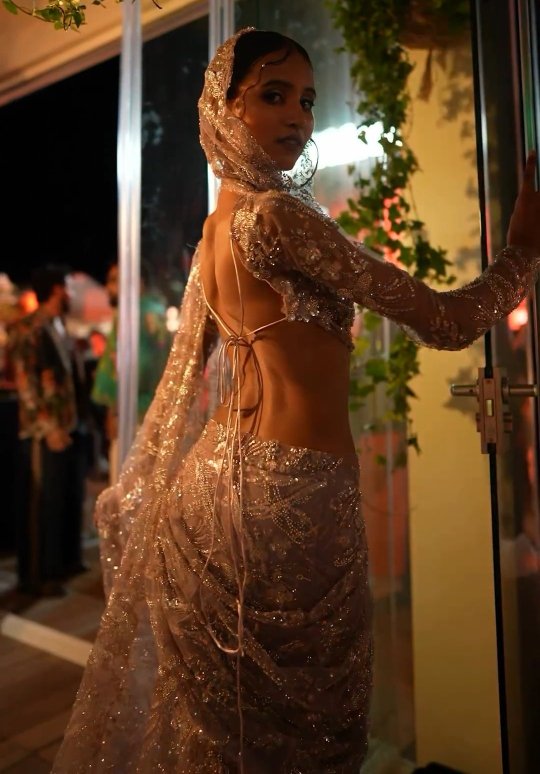
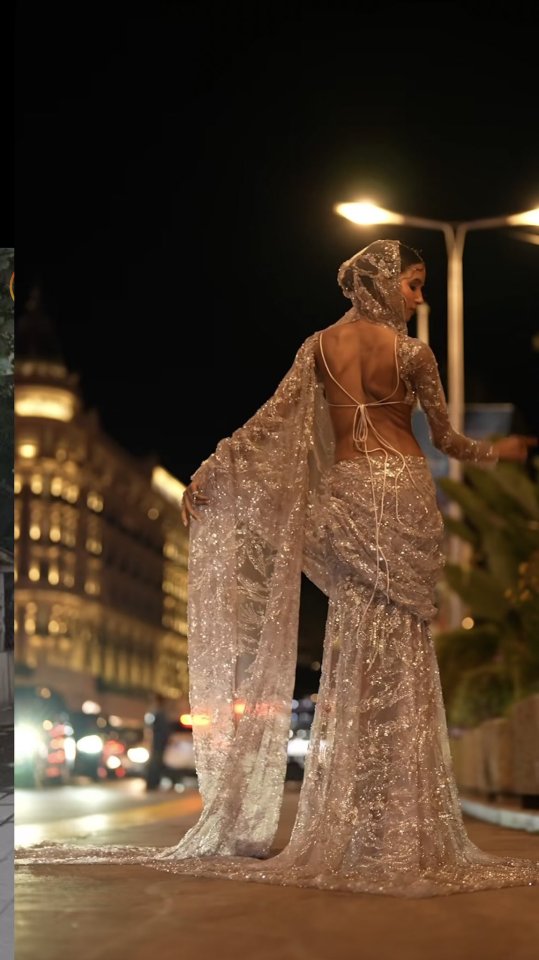
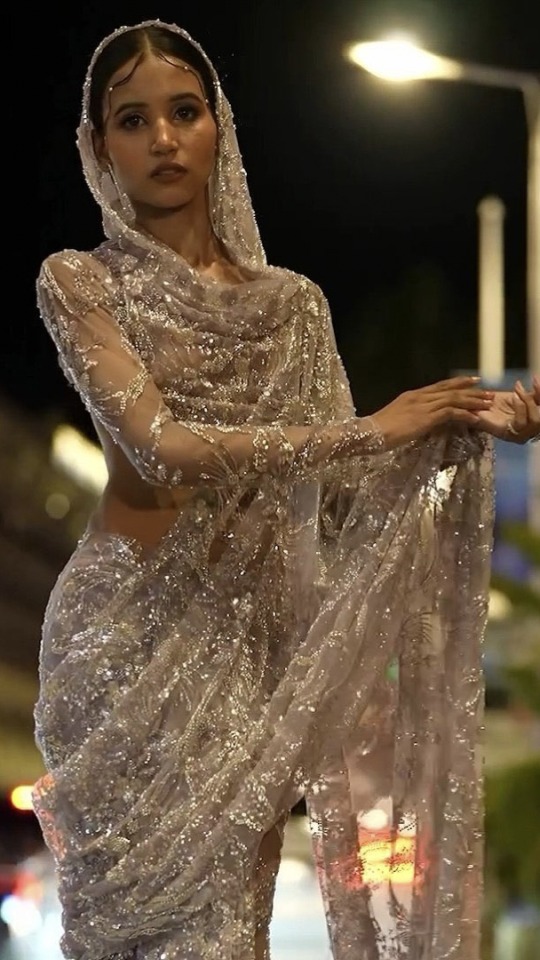
- From India to Cannes, Nancy Tyagi's talent and creativity shine on the red carpet with her self-made outfits.
408 notes
·
View notes
Text

Kerala Miku! Everyone is making such amazing art of Miku in their culture so I had to partake and wanted to rep my Malyali side UwU. Also happy birthday princess Hatsune Miku!!!!
3K notes
·
View notes
Text
African forehead/facial adornments
[I want to make it clear that this post isn’t directed to Africans who have Southern/Southeast Asian ancestry]
Stop using the phrase ��African bindis” because it erases ours cultures it also paints Africa as a monolithic society. The term Bindi is not a universal term for forehead adornments. It’s lazy to just insist on calling them bindis because that’s the only term we know in the West. As someone who comes from a culture where they incorporate forehead adornment as part of their cultural customs as well as bindis I’m offended when people call certain forehead adornments bindis. I’ve seen people also use the term “African bindi” to justify their appropriation (and they didn’t have Desi ancestry). Stop attributing our cultural customs and heritage to other people.
If you don’t even now which African cultures incorporates bindis or even the names of the forehead adornment then you shouldn’t be talking about it because you lack that knowledge. Making generalised statements and homogenising thousands of African cultures just to justify cultural appropriation is disrespectful. Stop using the argument that “Africans have forehead/facial adornments that are similar to bindis” or “somewhere in Africa they wear something like that” when you have no knowledge of the culture you’re referring to, If you don’t know the name of the forehead adornment don’t talk about it, it’s best to not comment, the best thing to do is research (if you’re actually interested in learning about it) and also don’t call it a bindi because that term isn’t a universal term for forehead adornments.
Also the “African tribal marks” thing is disrespectful and rude, putting random white dots and lines on your face doesn’t make it African. Also that term doesn’t make sense because it implies that Africa is a monolith society
Yes there are African cultures out there who wears bindis (and that is because they have South and Southeast Asian ancestry/cultural influences for example Swahili people (Waswahili) from the Swahili Coast and they’ve been adorning themselves with bindis since the middle ages. But just because they adorn themselves with bindis it doesn’t mean that every African has the right to do so. Africans should respect each others cultures and not appropriate them.
Bindis worn in the Swahili Coast/Indian Ocean (You can find people all over the Swahili Coast/Indian Ocean who adorn themselves with bindis because it’s part of their culture and has been for hundreds and hundreds of years). The cultures of the Swahili Coast even though fundamentally Bantu has been influenced by Persians, Arabs, Southeast Asians and Southern Asians because during the middle ages trade was established between in the Swahili Coast and those regions in Asia/Asian ethnic groups. Also many people from those areas migrated to the Swahili Coast and intermarried with the local Bantu population and many of their descendants still strongly identify with their Afro-Asian today.
Comoros (Coast of Southeast Africa, Swahili Coast, Indian Ocean)

Mayotte Island, Comoros Archipelago ( Swahili Coast, Indian Ocean) One woman adorned with a bindi and another with m'zinzano

Mauritius (Coast of Southeast Africa, Indian Ocean)

Chaouia women from Algeria with facial adornment (find out about what they’re called and they’re meaning here)


Mangbetu women from the Democratic Republic of Congo (read more here)

Wodaabe people (who are a sub group of the Fulani) most common one called Alluwaaje you can read more about it in “Nomads who Cultivate Beauty: Wod̳aab̳e Dances and Visual Arts in Niger” by By Mette Bovin


Swahili people (Waswahili)/ Swahili Coast with wanja and m’zinzano/m’sidzanou







I just wanted to give people a few examples and didn’t want this post to be too long. There are literally thousands of different types of facial and forehead adornments in the African continent. If you want to find out about different types then please do your research.
I’m tagging reclaimthebindi because they might be useful to them
7K notes
·
View notes
Text







9H-FIVE Party Jet !
Customized by Comlux Completion,
Courtesy: FIVE
109 notes
·
View notes

